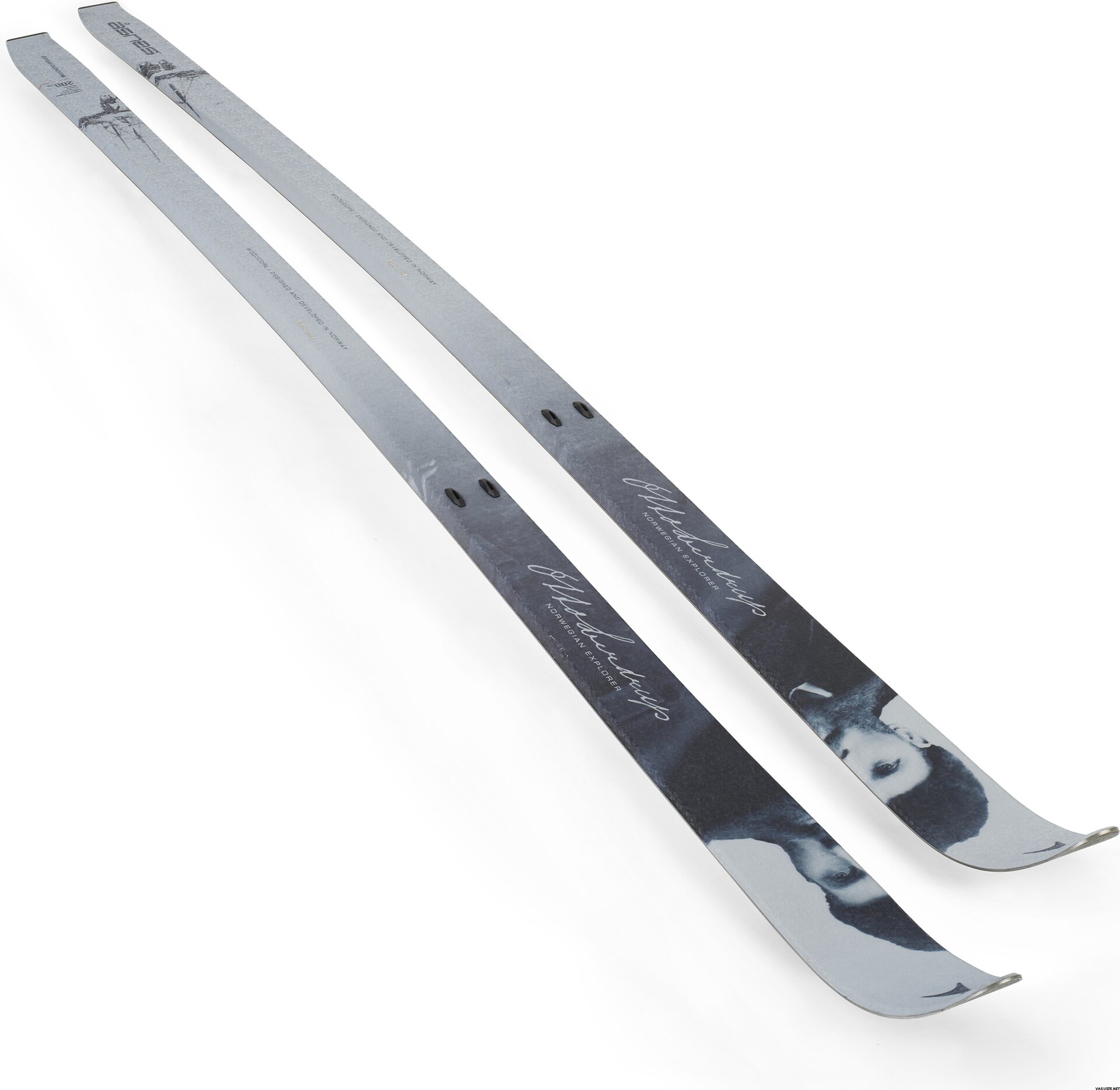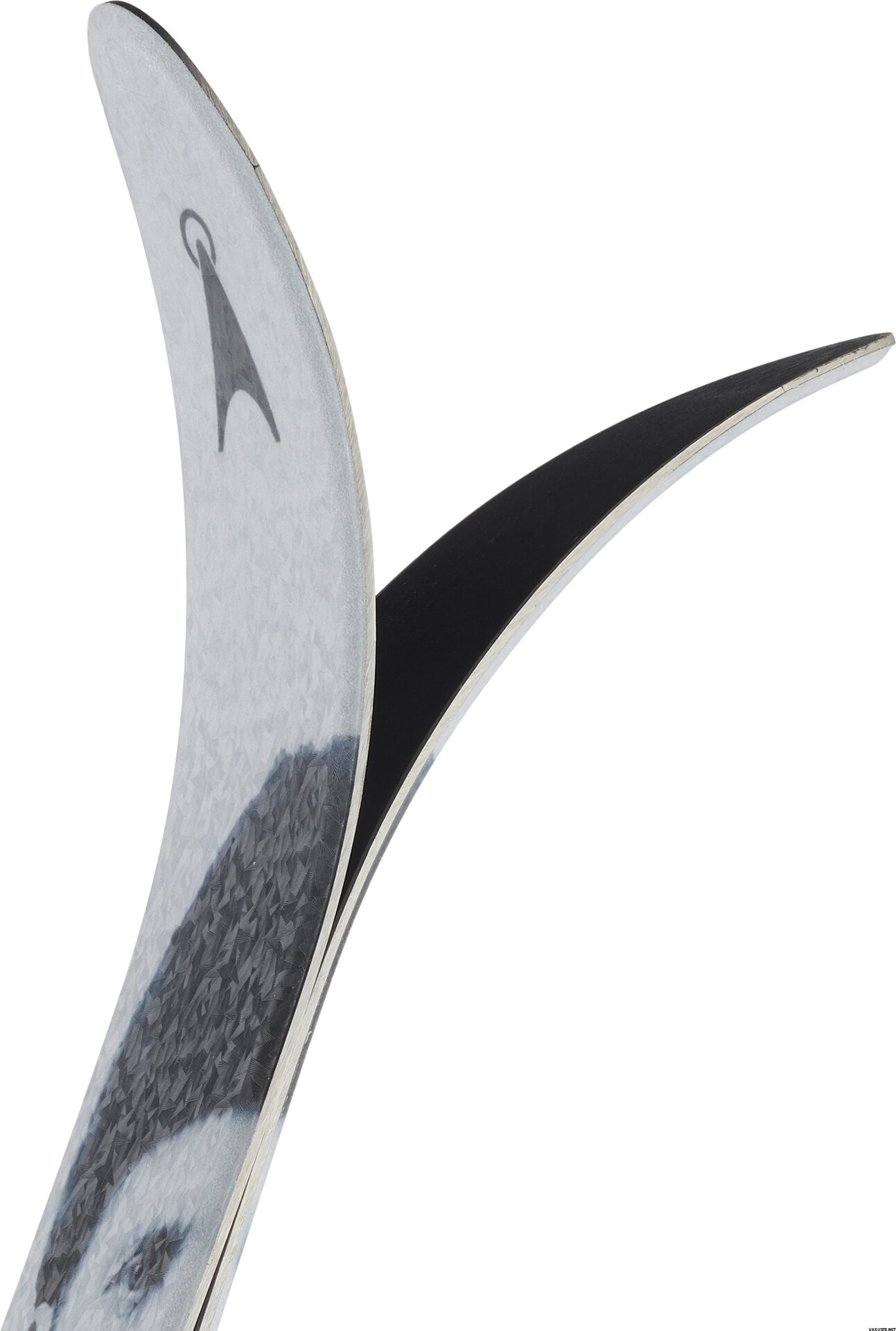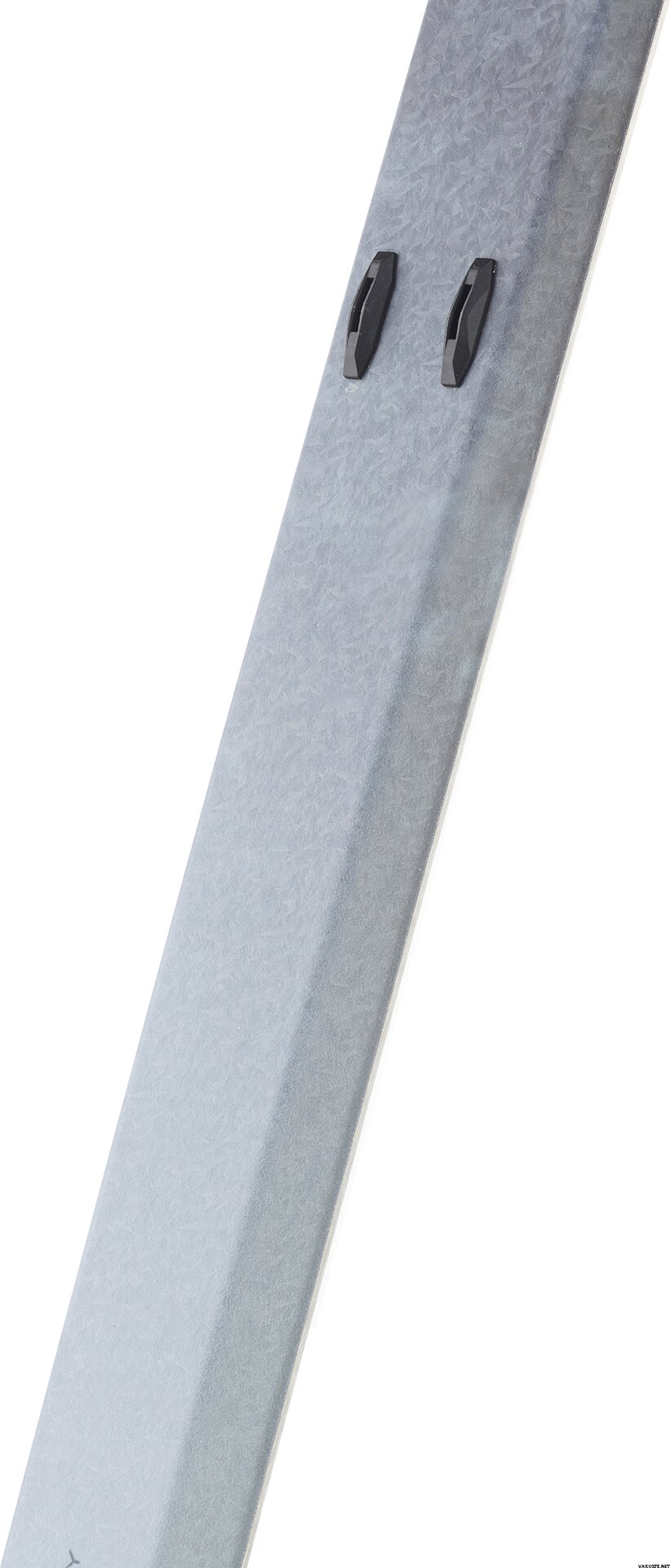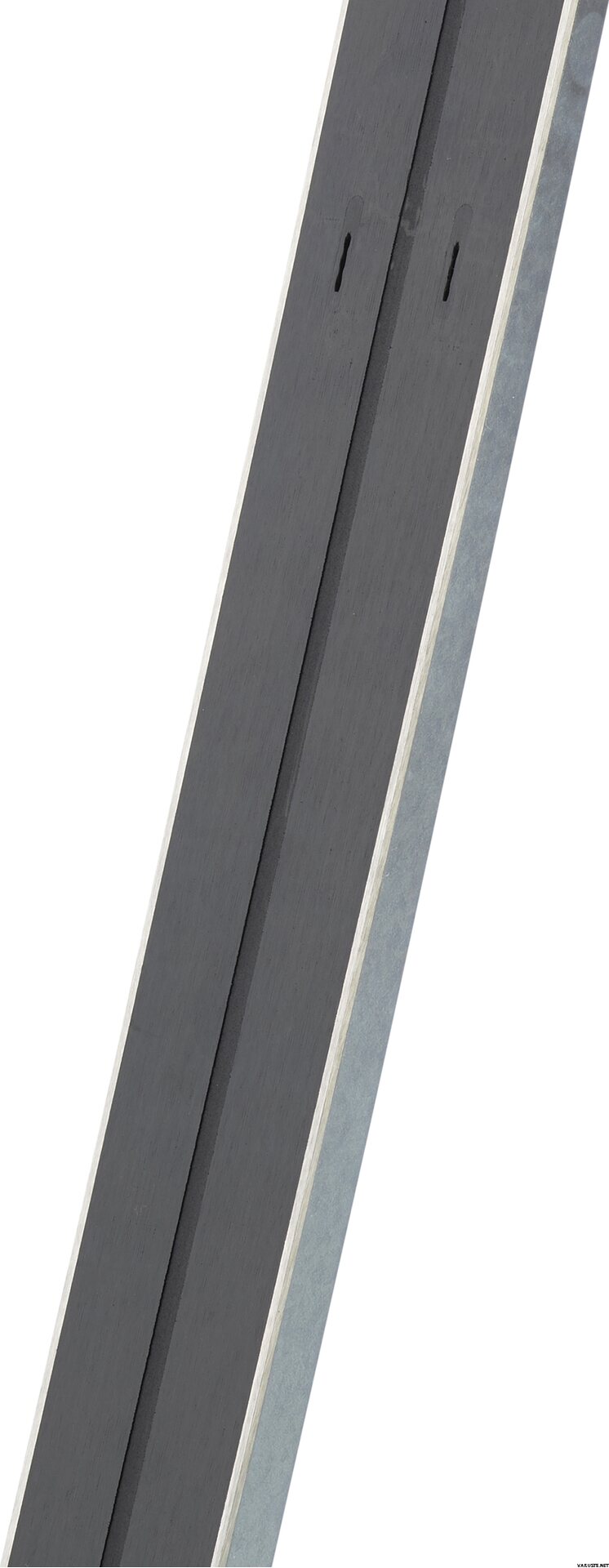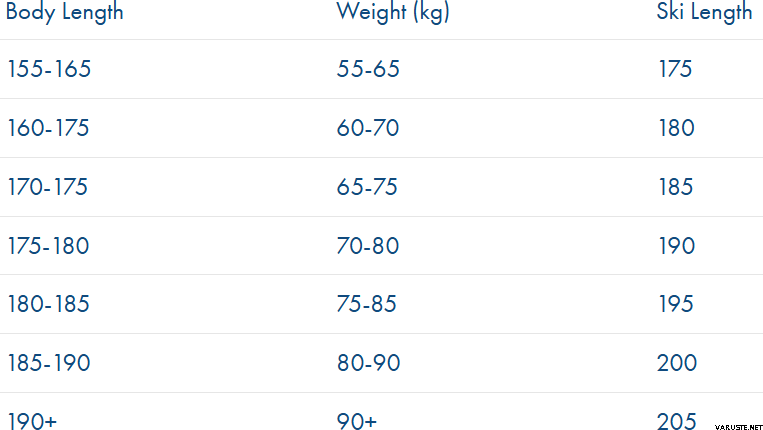
Åsnes Otto Sverdrup BC
Immediately. You can order only as many items of this product as we currently have in stock or the amount arriving to us. The product will be removed from our product range.
Detailed availability
Location Store (Helsinki): Seasonal section (water sports/winter sports), Zone 28, warehouse
Reviews
| Overall rating | (6 reviews) |
Product description
Crafted with state-of-the-art technology, the Otto Sverdrup BC is one of the most versatile choices for the backcountry in Åsnes range – a ski with generous sidecut, tuned with more prominent camber and wax pocket than most of Åsnes other all-around BC skis.
The modern profile, with taper and a rockered tip, lifts it easily out of the snow. Compared to more traditionally-designed skis, it’s both easy to initiate in the turn and resistant to hooking. This is a playful ski, forgiving when conditions are demanding, and a pleasure even in difficult terrain.
Otto Sverdrup BC’s camber and prominent wax pocket make it an efficient ski suitable for slightly longer trips, especially in varying and hilly terrain – where its sidecut and forgiving tips let you make the most of those playful turns you might find on the way. All in all, a very good compromise for an all-around nordic BC ski. A modern twist on a good classic mountain ski, which will suit most mountain lovers!
If you want to get the most out of Åsnes’ short-skin system, Åsnes recommends using the right skin, either X-skin 45mm Mohair for cold conditions / moderate terrain, or X-skin 45mm Nylon for wet conditions / steep terrain.
- Steel edge
- Skin insert
- Sintered and a waxable
Width: 78-55-69 mm
Weight: 1070g per ski (200 cm)
Material: Poplar woodcore
Binding; bc/75mm/xplore
Otto Sverdup (1854-1930):
Otto Sverdrup (1854 – 1930) joined Nansen on skis over Greenland and was captain of the ship ”Fram” during the first Fram expedition. He even led the second Fram expedition in the years 1898-1902. Otto Neumann Knoph Sverdrup is considered ”one of the big three” in Norwegian polar history, next to Nansen and Amundsen. A name that has not received enough attention in the shadows of the other two.
The expeditions led by Otto Sverdrup collected a huge amount of research material. This resulted in 39 dissertations from 34 researchers who participated in the processing of the material. Sverdrup’s expeditions also laid out the groundwork for maps used by Canadian authorities right up to the 1960s. Among the areas which were mapped were three islands that were named after the expedition’s sponsors. The island was later commonly noticed as Sverdrupøyene (the Sverdrup Islands) and is today a part of the archipelago Queen Elizabeth Islands in the Nunavut Territory.
Otto Sverdrup received a long line of awards throughout his life, i.a. gold medals from The Norwegian Geographical Society (1889), Royal Geographical Society (1903), and a number of other geographical societies, and he was an honorary member of several. He was appointed Commander of the 1st Class of the Order of St. Olav after the 1st Fram Expedition in 1896 and received the Grand Cross after the 2nd Expedition.
Base
To be waxed
Weight
2,2 kg(The product may have a light retail packaging.)
Country of origin
Comments
| Overall rating | ☆☆☆☆☆ |
 — Show original
— Show original| Overall rating |
Otto Sverdrup is the ski I recommend for its build quality but especially for its maneuverability on and off trails. The base of the ski is of high quality, which allows for good glide wax retention and grip. A very light ski that saves energy over long distances on flat terrain or uphill.
| Overall rating |
Very fast delivery.
I bought these in 200cm. At skiing weight, I'm 195 pounds and think I should have bought them in 205. These will be good for turns on the downhill.
These are high quality skis! The glide Asnes skis provide are above everything else! The Sverdrup turn on a dime compared to my Excursion 88! Overall great ski!
Brand
Products that have often been purchased with this product:

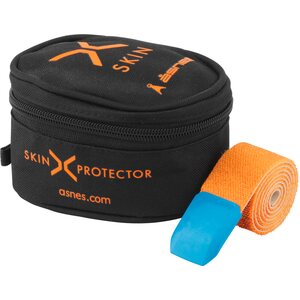

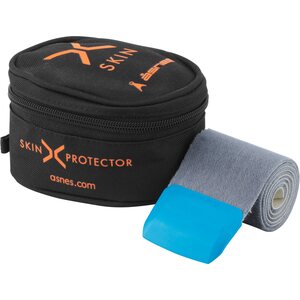


 reviews
reviews

